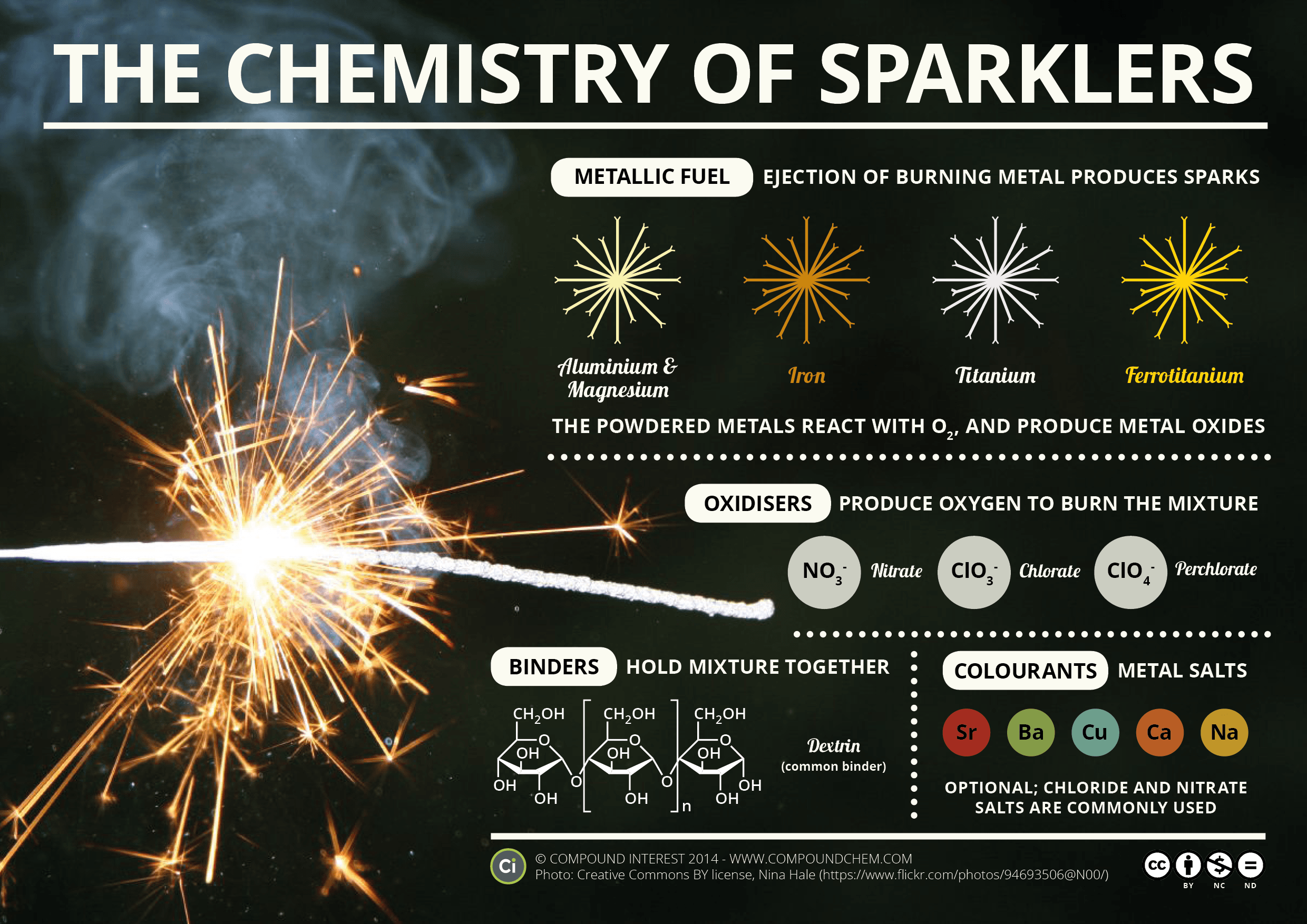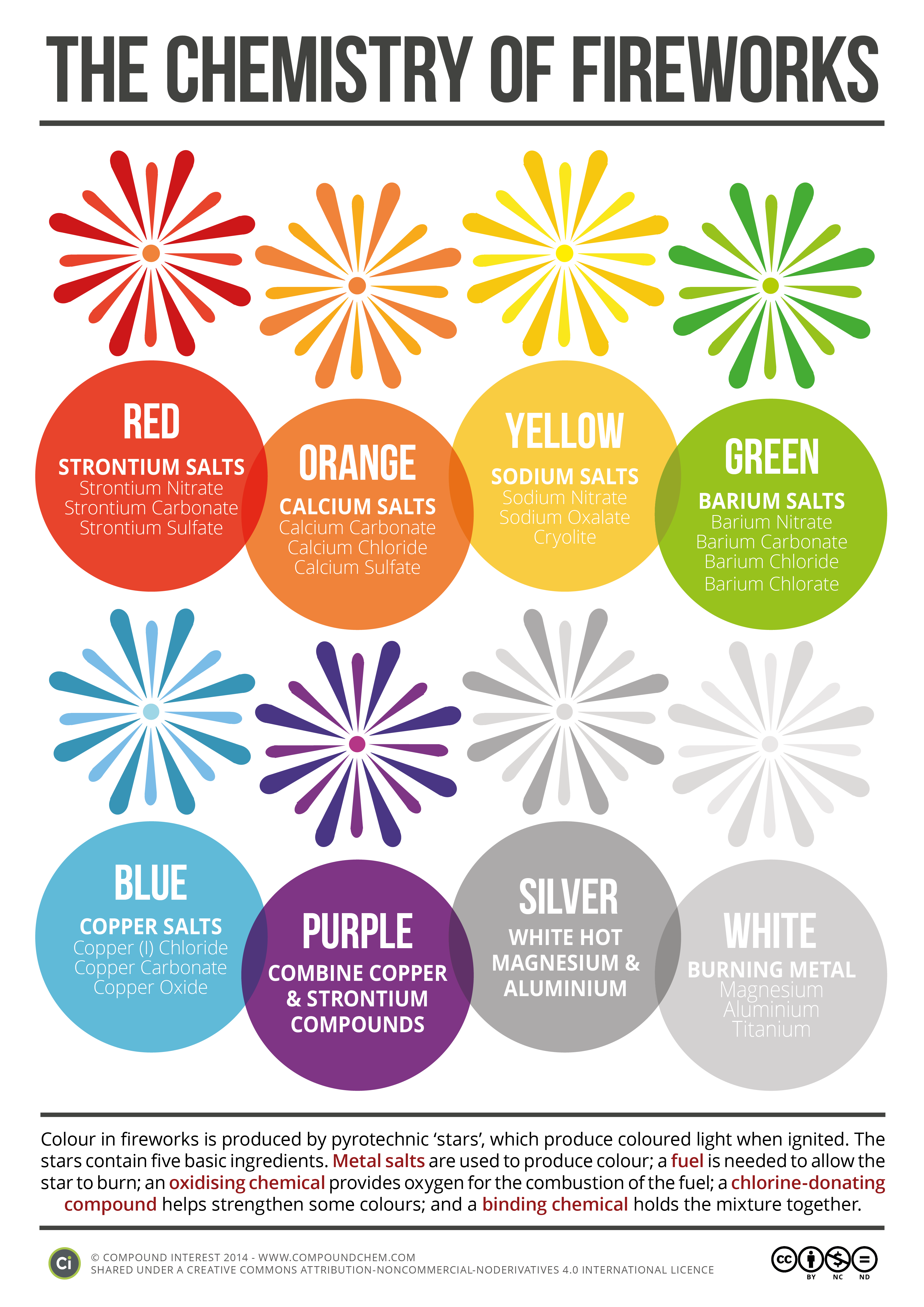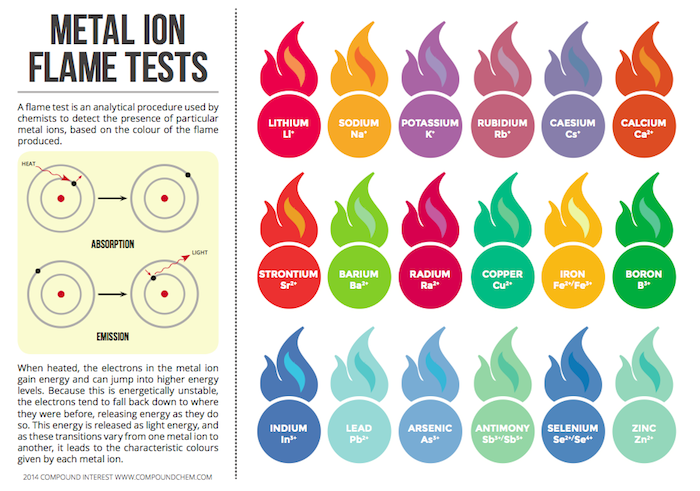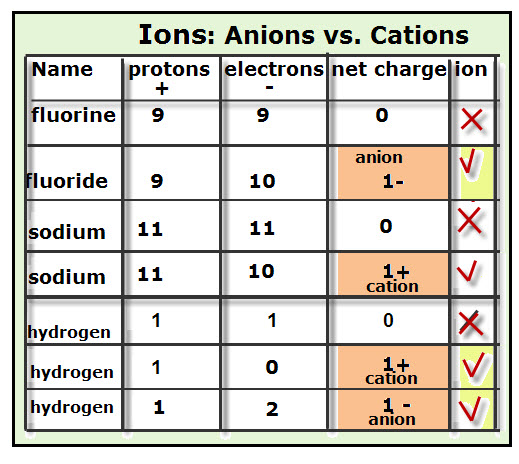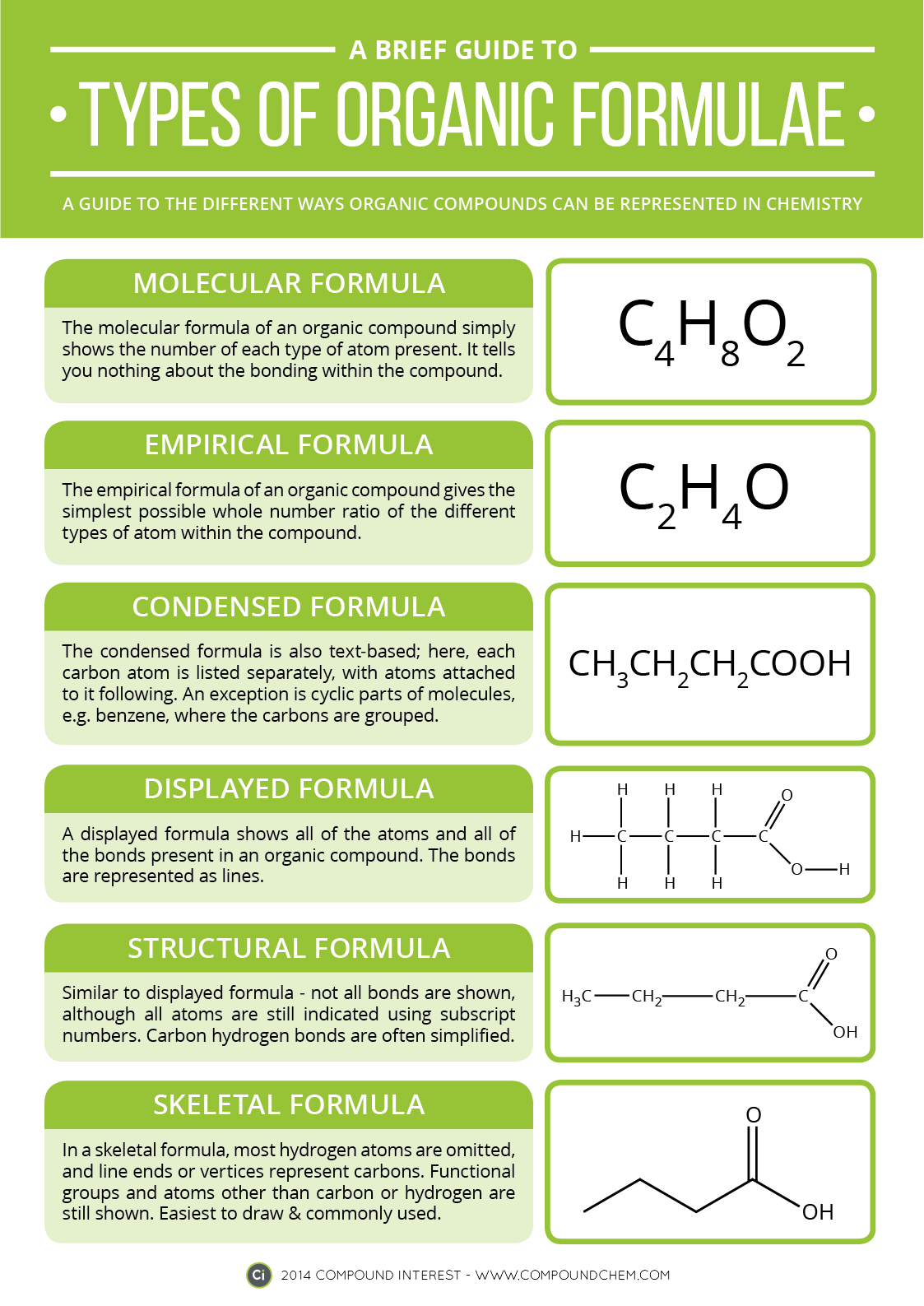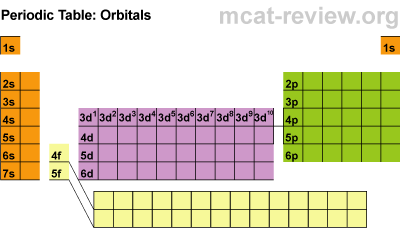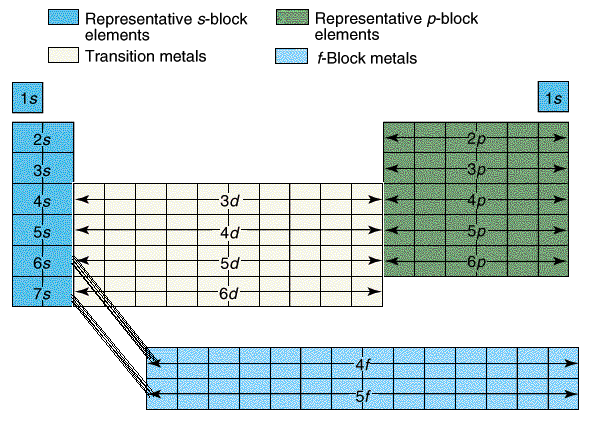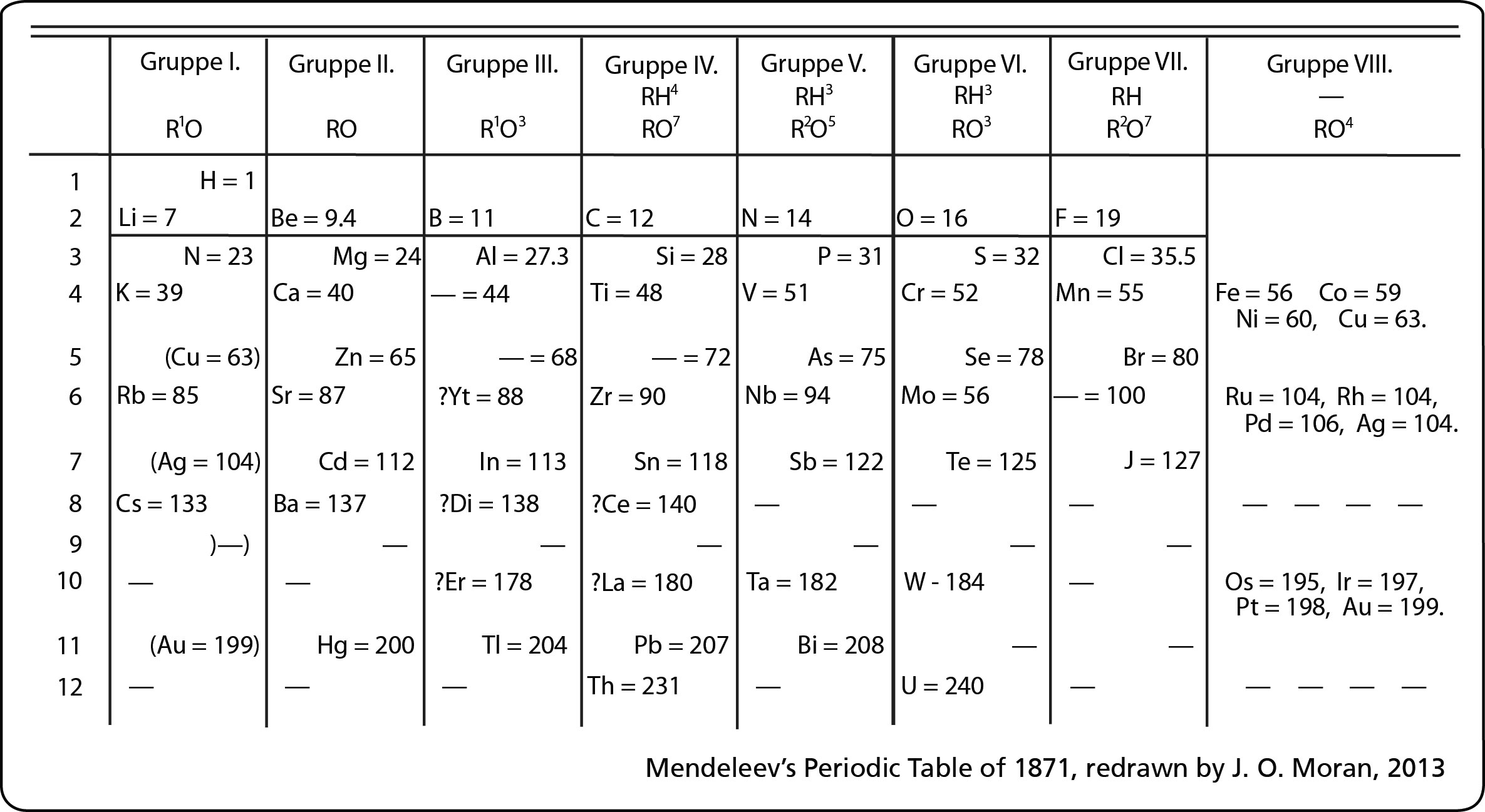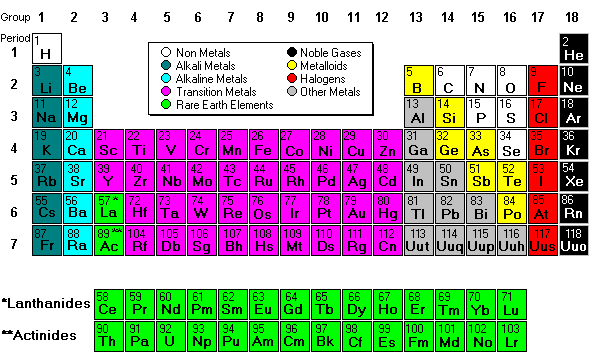The original image is HERE.
These images are originally from Compound Interest. They can be found at: Sparklers, Fireworks, and Metal Ions.
This TedEd video relates all of this the Chemistry Dudes like DeBroglie!
Want more? Check out these two videos from ScienceFriday about "The Science of Fireworks" and "Celebrating Explosive Chemistry."
